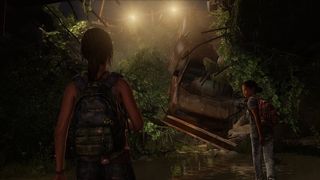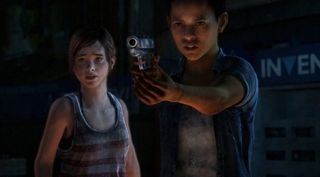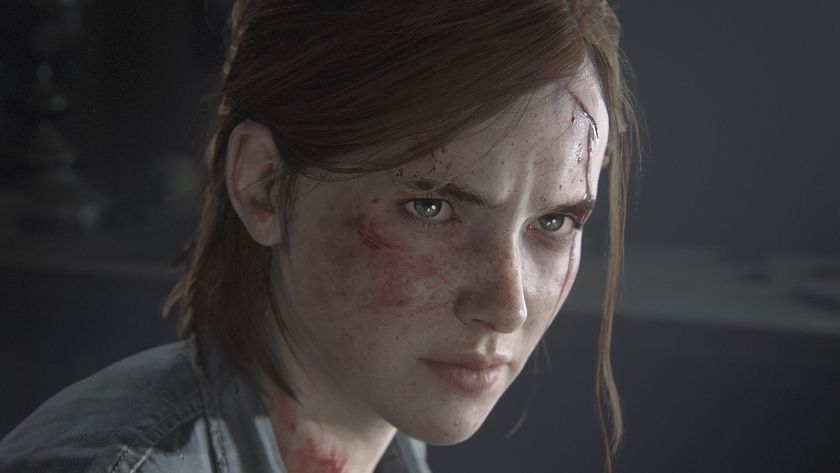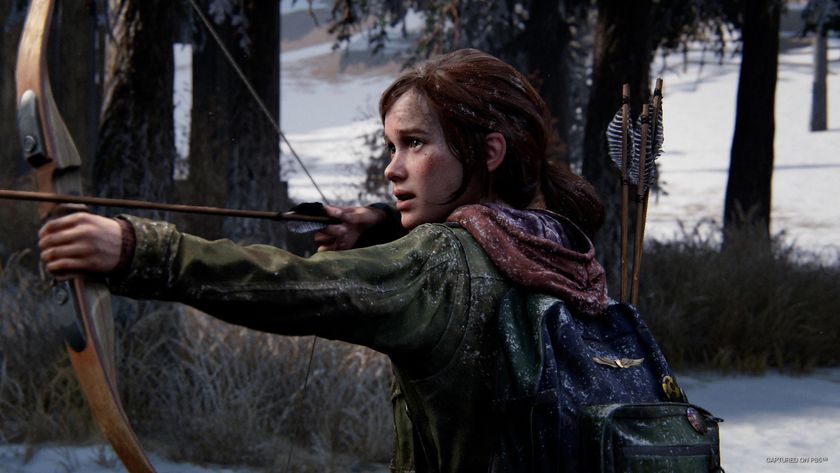The Last of Us: Left Behind review
Adolescence is a confusing, awkward time for everyone, and while I wouldn’t want to relive my own, it's a universal experience that’s been largely unexplored in mainstream gaming, particularly with a teenage girl in the lead. The Last of Us: Left Behind DLC brings Ellie to the forefront of an excellent (if brief) story in which she suffer a far more terrifying youth than I ever knew. Assuming you've played through The Last of Us, Left Behind is an essential addition to the story that's bound to impress and surprise in equal measure in a side story that’s indispensable for anyone who finished the post-apocalyptic adventure.

Narrative is at the forefront of Left Behind. It’s intermittently intense, tragic, humorous, and even poignant as it puts players in control of Ellie during moments that were only hinted at in the game. If you reductively thought the DLC episode merely covers Ellie’s life during the week or so prior to meeting Joel, Left Behind will catch you off guard by going in directions too fascinating to spoil here.
The bulk of Left Behind is composed of brief, human moments that create an engaging portrait of Ellie, a character you only thought you knew. Seeing her before she meets Joel helps you understand Ellie more as an individual and less as a helpful AI companion. I came to see her from a new angle, one that's more well rounded and personal--so much so that I'm inspired to replay The Last of Us and view her through the lens of this new perspective. That alone makes Left Behind worthwhile.

Ellie spends much of Left Behind with her best friend Riley, a young lady briefly mentioned in the campaign who's well realized in the DLC. The two are childhood friends being torn apart by circumstance, and a lot of time is spent with the two simply hanging out, trying to avoid their inevitable goodbyes. Their amiable conversations let the writing and acting shine, but Left Behind also uses the combat mechanics to add to their interactions in novel ways. For example, I enjoyed seeing the brick throwing attack used in an impromptu contest to smash as many windows as possible. It’s some great comic relief, and it also works as foreshadowing for the graphic violence Ellie experiences later in life.
The smart reinterpretations of the core combat creates memorable moments, but it also makes Left Behind’s standard combat feel blase by comparison. Last of Us’ integration of stealth and brutal violence still works in a basic sense, but it’s overly familiar when Ellie once more sneaks behind yet another thug to slash his throat in silence. There’s nothing new to the straight combat in Left Behind, and the roughly two hour length is too brief for the scavenging and weapon construction to be appreciated in the same way that it is in main game. The action is more inconsequential than annoying, though the DLC’s final, slightly frustrating battle certainly gets in the way of a story that had so effectively pulled me in.

Too many inconsequential downloads have given DLC episodes like Left Behind a bad reputation, but this one fulfills the promise of a meaningful addition to an already complete experience. The Last of Us exists in a harsh world with an even darker future, but Left Behind shows that there’s still beauty to be found in returning to it. Whether you value mature storytelling or the brutal survival conditions, Left Behind makes this return to a ruined world significant to anyone that’s completed The Last of Us.
Sign up to the 12DOVE Newsletter
Weekly digests, tales from the communities you love, and more
Henry Gilbert is a former 12DOVE Editor, having spent seven years at the site helping to navigate our readers through the PS3 and Xbox 360 generation. Henry is now following another passion of his besides video games, working as the producer and podcast cohost of the popular Talking Simpsons and What a Cartoon podcasts.

After telling The Last of Us fans don't "bet on" a Part 3, Neil Druckmann says "so many stars have to align, I can't guarantee it" but he treats every game "like it could be my last"

The Last of Us director Neil Druckmann wanted to make sure the first game "was complete" because "I wasn't sure they would ever let me direct a game again"











